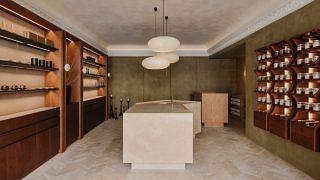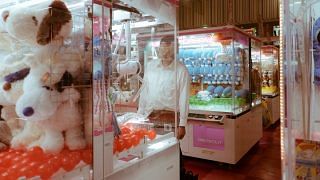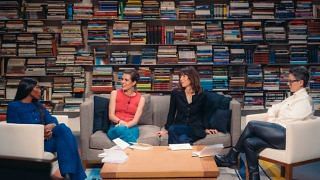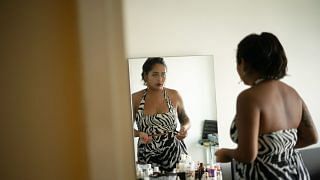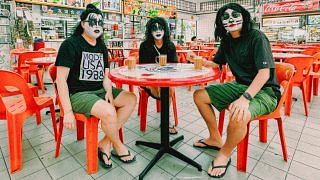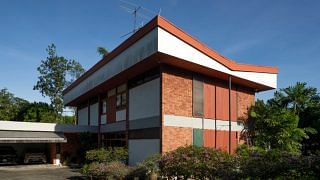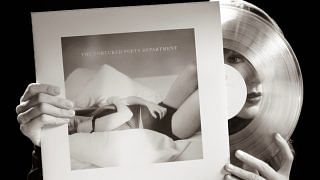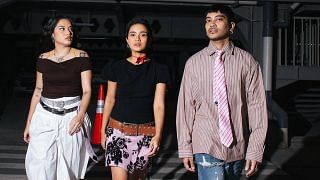Even if you’re not in the tech industry, you must have, by now, heard of the uber cool, envy-inducing offices belonging to Google, Facebook and the like. Take Airbnb’s, which opened a local branch in Shenton Way earlier this year. It’s modelled after the residences on the holiday home rental site (one room’s meeting table is converted from a bathtub, as seen in a cabin in Australia’s Byron Bay). As the new yardstick for creative office design, if you will, its unique features are aimed at fostering collaboration, creativity and thinking outside the box. Now, imagine that same ethos applied to the other office design trend in Singapore, one that’s a lot easier to access: the co-working space.
Co-working spaces aren’t new. In fact, they started popping up here more than five years ago as the rise of entrepreneurs and start-ups meant a need for more conducive environments for individuals and smaller companies to work in (come on, Starbucks, really?). The ones that have emerged in the past year or so, though, aren’t just the millennial alternative to traditional offices, responding to changes in the way people work. (Most operate on a membership basis – the duration varies – and offer desks by the day.) They’re also about changing the way people feel at work, a major factor linked to creative output.
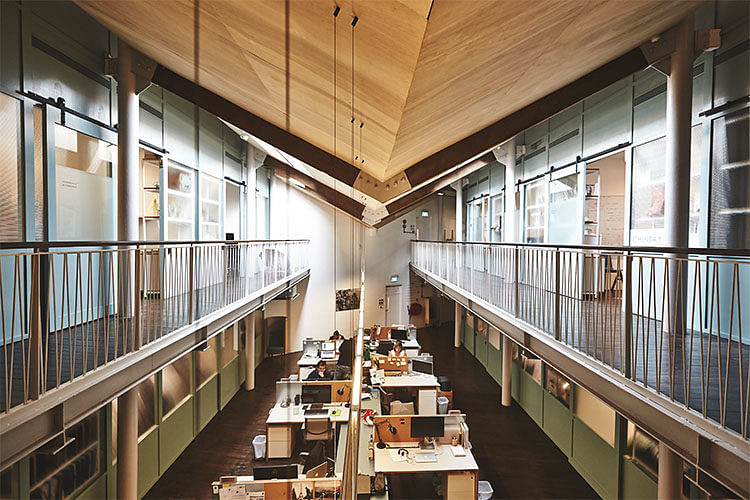
Among them, The Working Capitol (above) on trendy Keong Saik Road made waves when it opened in March last year. Started by siblings Ben and Saranta Gattie, the 33,000 sq ft, three-storey heritage building with its bright, airy and minimalist cool interiors kick-started the trend for workplaces to be more than just desks and whiteboards.
Says Saranta: “Beautiful design is now something that’s expected. As the co-working movement matures, certain standards are going to become basics. At the level we’re working at, design has to be at the foundation. Like at the Google or Facebook offices, it’s a major drawcard in attracting the best talent.”
Besides the ambience, the duo run a dedicated event space and offer wellness programmes like Mindful Mondays, where experts give free yoga classes, on site. “The culture we’re promoting is designed not only for members’ overall well-being, which in turn affects thinking, but can also lead to opportunities for new professional relationships with people you might not otherwise have met.”
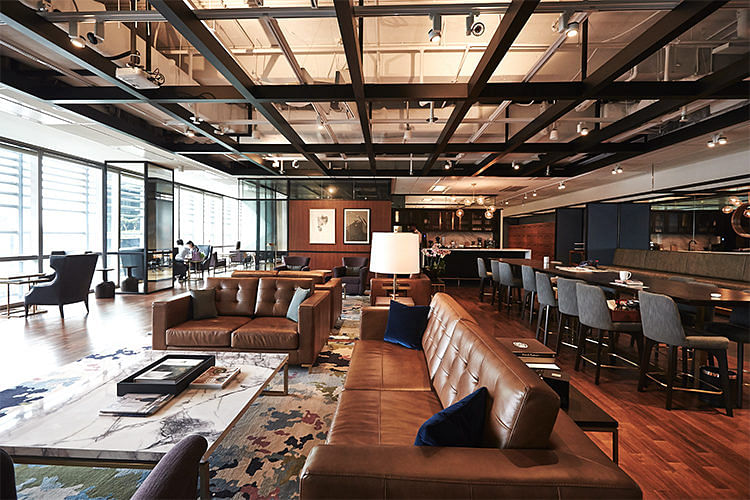
LIKE A PRIVATE CLUB
Walk into The Great Room, the 15,000 sq ft co-working space that opened on the 10th floor of One George Street five months ago, and you’d be forgiven for thinking that it’s a five-star hotel or country club. A concierge greets visitors at the door, a high-end coffee machine whirs away on a marble-top bar, and everyone in The Drawing Room (lobby) is sprawled out on designer leather sofas. Impressive pieces of contemporary art by emerging Singapore artists line the walls, while floor-to-ceiling views of Singapore’s skyline beckon in the foreground.
The idea behind it came about as co-founder Jaelle Ang noticed that a third to half of workers today are mobile. The founders wanted to create a space for anyone, from established tech and finance companies to non-profits and entrepreneurs – or as they like to describe members, “creatives, collaborators, conquerors and the curious” – to work in. Paul Semple and Matthew Shang of Distillery Studio, who came up with the stylish looks of The Club Hotel, Regent Hotel’s Manhattan bar, and The Hour Glass boutiques, spearheaded the design. Following a timely merger with renowned workplace design practice Hassell, the result was an impressive space with hospitality sensitivities and the functionality of an office.
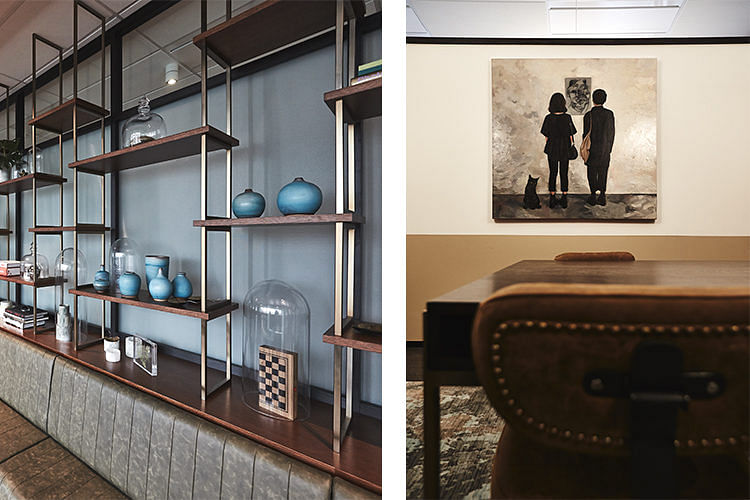
Hassell designer Cindy Lefcovitch says: “The Google Singapore office (also designed by the practice) was mentioned during the briefing; not focusing on aesthetics, but rather, the ideas behind it. At The Great Room, we created quirky elements and talking points within the open spaces. The soft settings, palette, furniture and styling took things to another level. You won’t find bright colours and beanbags here.” Instead, the space is rendered in a palette of petrol blue, tobacco and camel tones, with plush materials like leather, timber, glass and brass aplenty.
To make members feel as relaxed as they would working in their own home, the space is flooded with natural light to improve productivity and alertness, while soft lighting adds to the domestic touch. The furniture is bespoke (there are no actual workstations), while objets trouves and coffee-table books on art and design dot the place.
“Craftsmanship and attention to detail are core to the idea. We hope these elements will create
talking points and start conversations between members,” adds Lefcovitch.
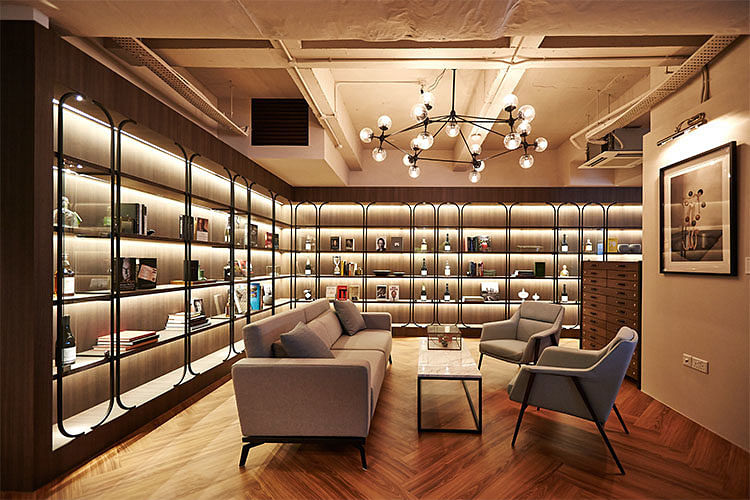
A REAL “CLASS” ROOM
Collision 8, which opened in July, took a similar approach. Located on the eighth floor of the High Street Centre near Clarke Quay, it boasts a glass-shelved library lined with second-hand books (members brought in their own over time), alongside bottles of spirits and wine. An Italian marble bar sits at the end of the room, meant to encourage serendipitous encounters. The space is the brainchild of Michelle Yong, a fourth-generation property leader (her family business Woh Hup built landmark condos such as Reflections at Keppel Bay and The Interlace), and John Tan, a serial entrepreneur whose micro VC funds have invested in more than 70 start-ups, including his own online fashion label Controlled Commodity, and Saturday Kids, a school that teaches kids to code.
Dedicated to innovation, the duo aims to create a community of entrepreneurs, corporates, investors and innovation experts. The sweeping view across Marina Bay and the river plays a major role. Says Yong: “We want people to look out and feel inspired to be part of the future. We hope to be the place from which the next Facebooks and Ubers of the world will be launched.”
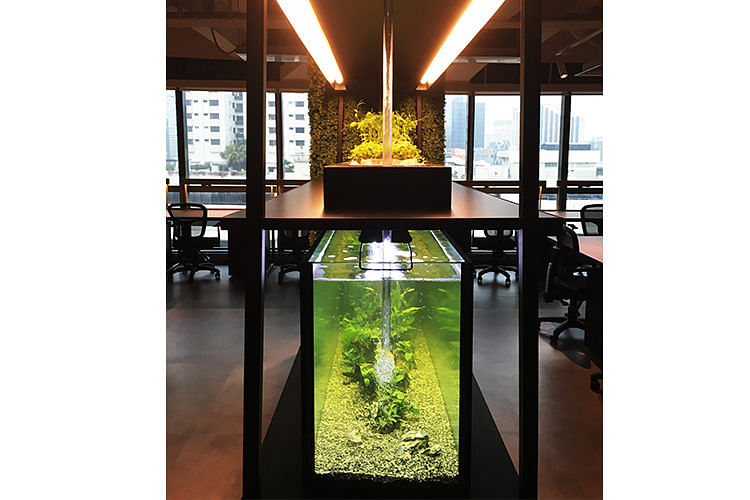
Designed by the ultra hip Asylum, its inspirations include New York’s Soho House and Neuehouse. With more playful elements than The Great Room, it includes all-white meeting rooms that users have decorated with coloured stickers, walls bursting with artificial greenery, and an urban aquaponics farm filled with potted edible microgreens that reuses waste from the fish tanks. To encourage original ideas, all the glass walls double as writing boards, and can be frosted for privacy at the flick of a switch.
Says Yong: “We initially planned it to be even more club-like, but we didn’t want people to feel like they had to speak in hushed whispers. We want people to be able to make noise and shoot the breeze. The space changes as you walk around to encourage you to keep thinking and imagining – and the fun elements break up any rigidity.”
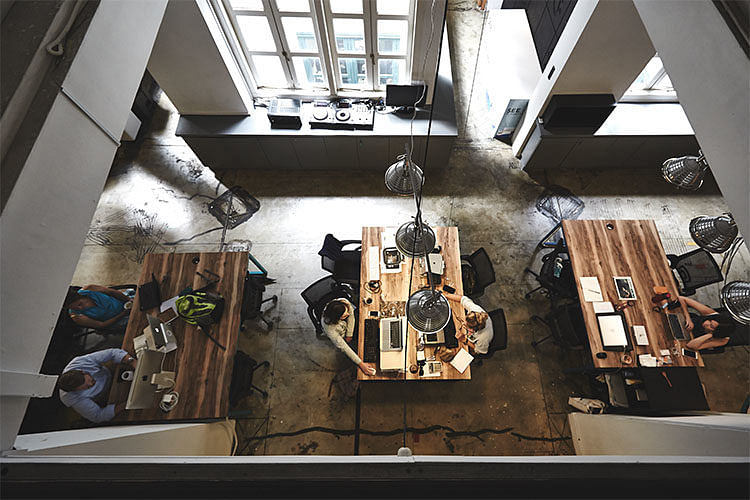
THE CREATIVE COMMUNE
Wallich, on the other hand, started more organically. Found on the fourth floor of a charming old shophouse on Telok Ayer Street, it began in 2014 as the office space for Proof & Company – the guys who kick-started the craft cocktail movement here (28 Hong Kong Street is just one of their venues), a couple of tech start-ups and multi-service agency Accela. Managed by Accela, the member base grew as a result of synergy between the companies.
A couple of years on, this curated co-working space now includes 15 businesses, including Mr & Mrs Smith (boutique hotel experts); Seechic (an e-commerce start-up that sells contact lenses and sunglasses); 1880 (a private member’s club opening in 2017); and a few creative freelancers. New members are generally accepted through referrals or word of mouth, with personality rather than industry type being the main criteria for eligibility.
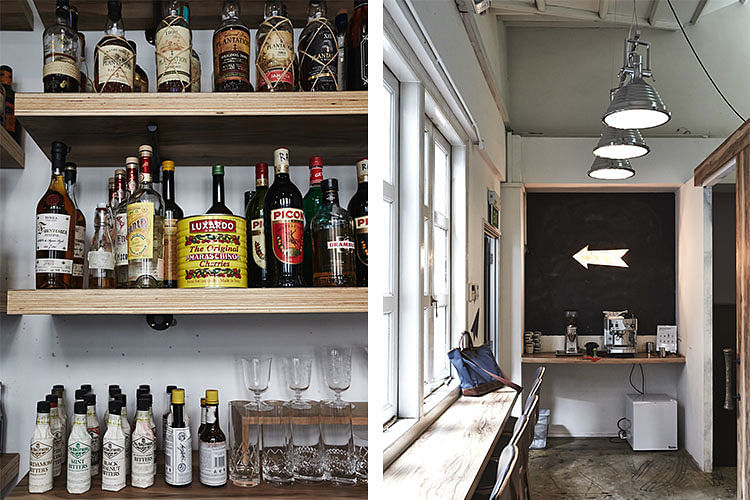
The design is hipster industrial chic – think a cross between Shoreditch and Brooklyn. Utilitarian lighting hangs from the exposed beam ceiling. Walls are either all white or chalkboards – best for scribbling ideas on – while the concrete floors are bare, save for random graffiti. Erin Padilla, CEO of Accela and director of Wallich, says: “I think of (starting a business) as a journey, and being in this space is the start. We intentionally left it as a blank canvas – a place where you can create whatever you want.”
Their design might vary according to the type of members they’re targeting, but for every one of these Gen Y co-working spaces, a sense of collaboration and inclusiveness is key. At The Great Room, for example, there’s the Monday Breakfast Club (free grub and speciality coffee) and yoga on Tuesdays (free oms), while Wallich has a cocktail cart that goes around at 5pm once every month – computers go off. The Proof team creates bespoke drinks, and “staff” have turns as resident DJ on the in-house decks.
Within each establishment, a mix of collective spaces as well as private and semi-private zones also allow inhabitants to break boundaries of traditional work culture. Andrea Seifert, Accela’s communications director, describes it as a true sharing community with passers-by volunteering contacts or ideas, even if they might not be a part of that team.
Says Lefcovitch of Hassell, which designed The Great Room: “One of the key images on our mood board was a photograph of Picasso working alongside his 10-year-old son. It encapsulates that idea of cross collaboration, discovering and creating together.”
An adapted version first appeared in Female‘s November 2016 issue.
Like this? Check out stunning buildings designed by award-winning architect Zaha Hadid, two stylish new boutique hotels in Singapore to know and the trendiest bookstores to visit around the world.



